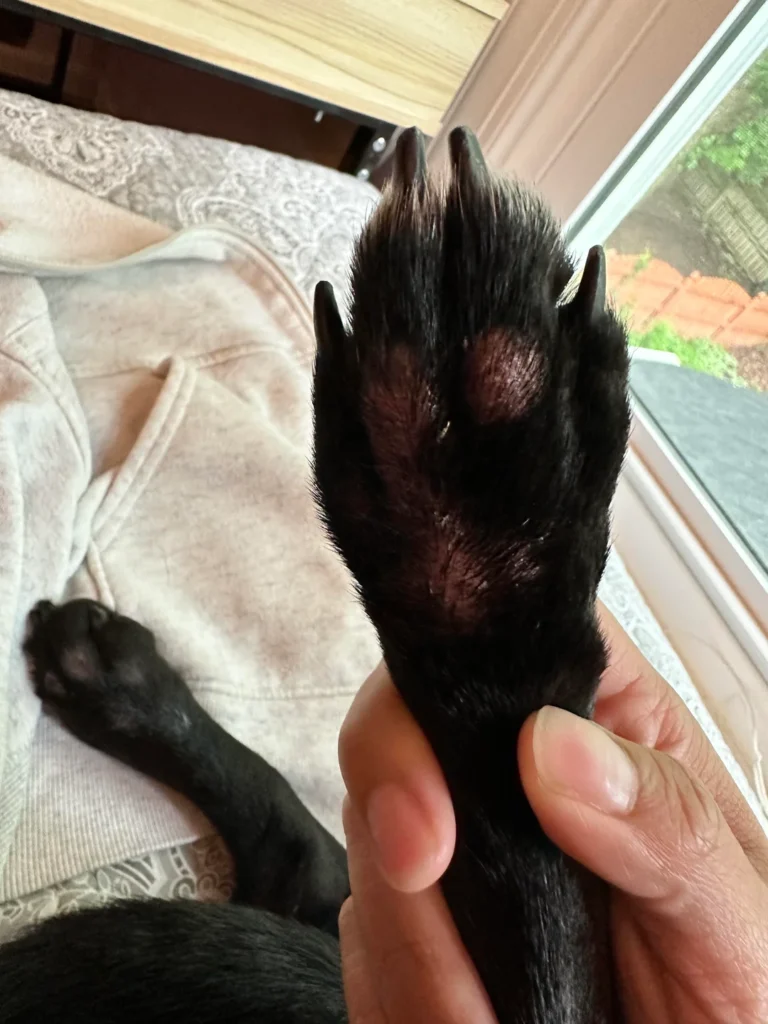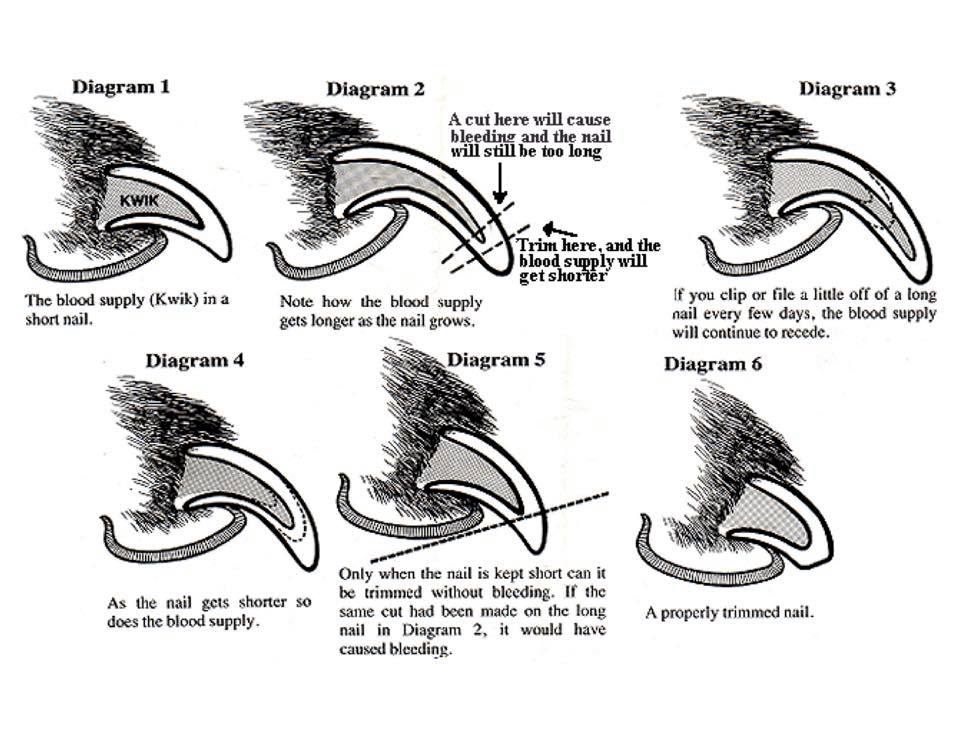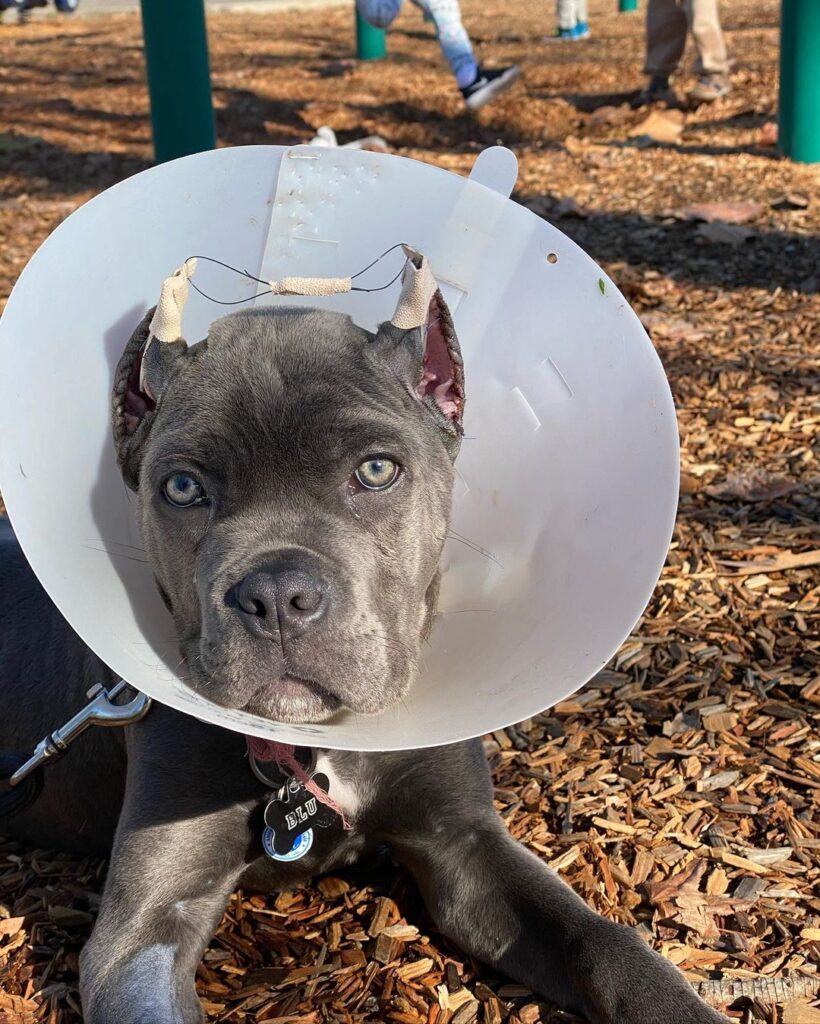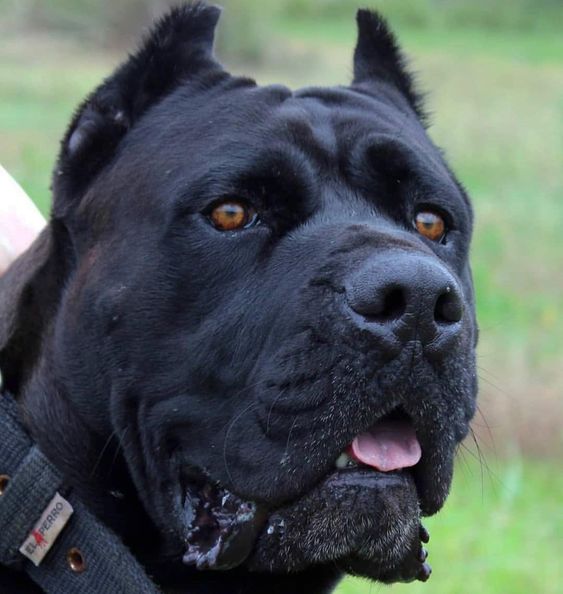
Cane Corsos are magnificent and powerful dogs that require proper care to ensure they lead happy, healthy lives. One essential aspect of their well-being is nail trimming. Neglecting this crucial task can lead to various health issues and discomfort for your beloved pet. In this comprehensive guide, we will explore why trimming Cane Corso nails is important, the potential health problems that can arise from neglecting this task, a step-by-step process for successful nail trimming, and tips on preventing any nail-related health issues. “Cane Corso Nail Care”
Why Trimming Cane Corso Nails is Important
Nail trimming might seem like a routine grooming task, but for your Cane Corso, it’s more than just aesthetics. The importance of keeping your Cane Corso’s nails properly trimmed cannot be overstated. One significant reason is avoiding overgrowth. Cane Corsos, being large and active dogs, put substantial pressure on their paws daily. Over time, this pressure can lead to overgrown nails.
Avoiding Overgrowth
Overgrown nails in Cane Corsos can have far-reaching consequences. First and foremost, excessively long nails can cause paw deformities. As the nails grow, they can push the toes apart, leading to splayed or misshapen paws. This not only looks uncomfortable but can also make walking painful for your dog.
Moreover, overgrown nails can negatively impact your Cane Corso’s posture. To compensate for the discomfort caused by long nails, your dog might adjust their gait, which can lead to back and joint problems. Properly trimmed nails help maintain the correct alignment of the toes and promote a healthier posture.
Enhancing Mobility
Trimming your Cane Corso’s nails is all about enhancing their mobility and overall well-being. When your dog’s nails are the right length, they can move freely and comfortably. This is particularly crucial for a breed like the Cane Corso, known for its agility and athleticism.
Shorter nails reduce the risk of injury during physical activities. Long, sharp nails can easily get caught on surfaces or objects, leading to painful tears or breaks. By keeping the nails well-maintained, you provide your Cane Corso with the agility and mobility they need to enjoy their daily activities to the fullest.
What Health Issues are Caused by Not Trimming Cane Corso Nails
Neglecting to trim your Cane Corso’s nails can lead to a range of health issues, some of which can significantly impact their quality of life. Understanding these potential problems is crucial for responsible dog ownership.
Ingrown Nails
One common and painful issue that can arise from neglected nail trimming is ingrown nails. When your Cane Corso’s nails grow too long, they can curl into the paw pad. This can cause immense discomfort and, in severe cases, lead to infection. Ingrown nails can result in limping, reluctance to walk, and even behavioral changes due to the pain. Regular nail trimming is the key to preventing this painful condition.
Split Nails
Split nails are another issue that can occur when nail care is overlooked. Long nails are more prone to splitting, which can be painful and even bleed. When a Cane Corso’s nail splits, it exposes the sensitive quick underneath, causing pain and discomfort. In addition to the pain, split nails can become an entry point for infections if not addressed promptly.
Furthermore, split nails can hinder your dog’s mobility, making it challenging for them to engage in their favorite activities. A Cane Corso’s agility and athleticism are a big part of their charm, so maintaining nail health is crucial for their overall well-being.
5 Steps Cane Corso Nails Trimming Process
Trimming your Cane Corso’s nails doesn’t have to be a daunting task. With the right approach and some essential steps, you can make this grooming routine a breeze for both you and your dog. Here’s a breakdown of the five key steps in the Cane Corso nail trimming process:
Gather the Necessary Tools
Before you embark on your nail trimming journey, it’s crucial to have the right tools at your disposal. You’ll need nail clippers designed specifically for dogs. These clippers come in various styles, including guillotine, scissor, and grinder types. Choose the one that suits you and your Cane Corso best. Additionally, keep some styptic powder or cornstarch handy in case of accidental bleeding.
Prepare Your Cane Corso
Preparation is key to a successful nail trimming session. Introduce your Cane Corso to the tools and the process gradually. Use positive reinforcement techniques like treats and praise to create a positive association with nail trimming. Ensure your dog is comfortable and relaxed before proceeding.
Trim the Nails
Identifying the quick—the pink, sensitive part of the nail—is essential to avoid cutting it. Trim the nails in small, careful increments, focusing on the tips. Use a well-lit area and be cautious to avoid cutting too close to the quick, which can be painful and cause bleeding. Make clean, decisive cuts to prevent splintering.
Handle Unexpected Situations
Sometimes, despite your best efforts, accidents happen. If you accidentally cut the quick and your Cane Corso starts bleeding, don’t panic. Apply styptic powder or cornstarch to the bleeding nail tip to stop the flow. Keep your dog calm with soothing words and gentle petting. If the bleeding doesn’t stop or if it’s a deep cut, consult your vet.
Post-Trim Care
After a successful nail trimming session, it’s time for post-trim care. Reward your Cane Corso with treats and praise to reinforce positive behavior during the process. Monitor your dog for any signs of discomfort or bleeding, especially in the hours following the trim. A comfortable and happy Cane Corso is your ultimate goal.
How to Prevent Any Nail-Related Health Issue in a Cane Corso

Ensuring the overall health and well-being of your Cane Corso involves more than just occasional nail trimming. To prevent nail-related health issues and maintain your dog’s comfort, you should adopt a holistic approach that includes regular maintenance, a balanced diet, and professional assistance when necessary.
Regular Maintenance
The foundation of preventing nail-related health problems in your Cane Corso is establishing a regular maintenance routine. Develop a schedule for nail trimming that suits your dog’s activity level and lifestyle. Most Cane Corsos benefit from nail trimming every 2-4 weeks. Consistency is key to keeping their nails at the optimal length.
Consistent training is also essential. Teach your dog to tolerate nail trimming from a young age. Use positive reinforcement techniques and make it a positive experience with treats and praise. The more your Cane Corso associates nail care with positivity, the smoother the process becomes.
Diet and Nutrition
Diet plays a crucial role in preventing nail-related health issues. Ensure your Cane Corso receives a well-balanced diet rich in essential nutrients, including biotin. Biotin is a B-vitamin that promotes healthy nail growth. Consult with your vet to choose a high-quality dog food that meets your Cane Corso’s nutritional needs.
Supplements containing biotin and omega-3 fatty acids can further support your dog’s nail health. These supplements can enhance nail strength and reduce the risk of splitting or breakage. However, always consult your vet before adding supplements to your dog’s diet to ensure they are appropriate and safe.
Professional Help
While you can manage most of your Cane Corso’s nail care at home, there are times when professional help is necessary. Regular vet checkups are essential for monitoring your dog’s overall health, including their nails. Veterinarians can detect issues like infections, ingrown nails, or abnormal growth early on.
Professional groomers can also assist with nail care, especially if you’re uncomfortable doing it yourself. Groomers are skilled at safely and effectively trimming nails, and they can offer guidance on maintaining your dog’s nails between appointments.
FAQs
Q: How often should I trim my Cane Corso’s nails?
A: Aim for every 2-4 weeks, but it may vary depending on your dog’s activity level and lifestyle.
Q: Can I use human nail clippers on my Cane Corso?
A: It’s recommended to use dog-specific nail clippers for safety and precision.
Q: What if I accidentally cut the quick?
A: Apply styptic powder to stop bleeding and consult your vet if necessary.
Q: Should I trim the dewclaws?
A: Yes, dewclaws can grow and should be trimmed like other nails.
Q: Can I use a nail grinder instead of clippers?
A: Yes, a grinder can be an alternative if your dog is sensitive to clippers.
Q: What if my Cane Corso resists nail trimming?
A: Gradual desensitization and positive reinforcement can help reduce resistance.
Q: Is it possible to trim my Cane Corso’s nails too short?
A: Yes, avoid cutting into the quick to prevent pain and bleeding.
Q: Can I leave nail trimming to a professional groomer?
A: While it’s an option, learning to trim nails at home can save you time and money.
Q: Are there any supplements to improve nail health?
A: Consult your vet about supplements containing biotin and omega-3 fatty acids.
Q: How can I tell if my Cane Corso has a nail-related health issue?
A: Watch for signs like limping, excessive licking of paws, or visible deformities.
Conclusion
In conclusion, the well-being of your beloved Cane Corso hinges on more than just aesthetics and grooming; it extends to their nails as well. Neglecting nail care can lead to painful health issues such as ingrown or split nails, compromising your dog’s comfort and mobility.
By understanding the importance of trimming your Cane Corso’s nails, you can avoid overgrowth and promote proper posture, enhancing their overall mobility and quality of life. Following the five-step nail trimming process, from gathering the necessary tools to post-trim care, can make this essential task manageable and even enjoyable for both you and your dog.
With over 4 years of devoted companionship with my beloved Labrador Retriever, Robin, I have cultivated a deep understanding and expertise in all things canine. From training and behavior to health and well-being.


